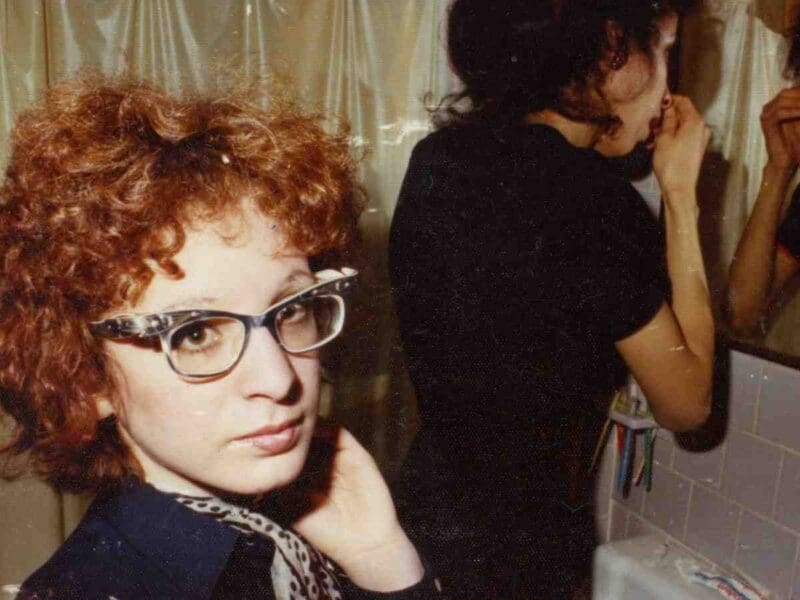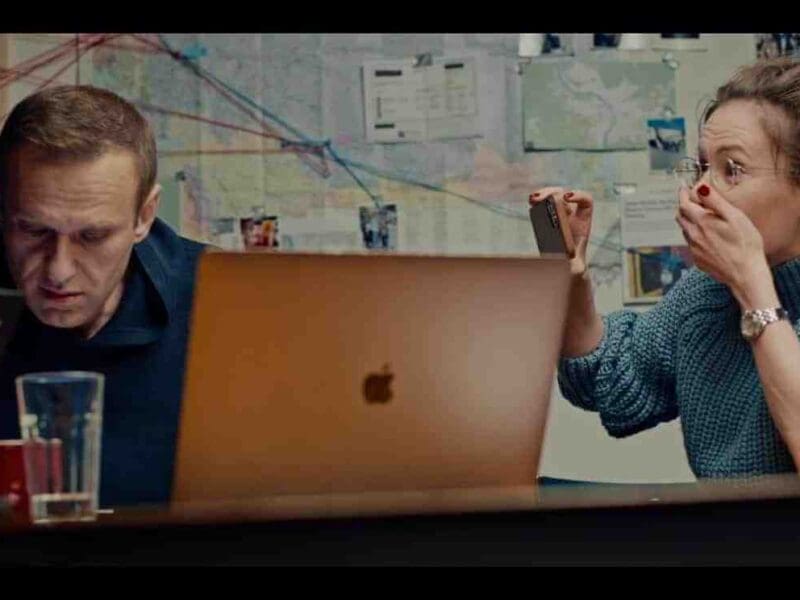What is CGI? How CGI Works in Movies and Animation
I. Introduction
Computer-generated imagery (CGI) has become an integral part of movies and animation, revolutionizing the way stories are brought to life on the big screen. From creating realistic characters and environments to adding stunning visual effects, CGI has opened up a whole new world of possibilities for filmmakers and animators. In this blog section, we will explore the concept of CGI, how it works in movies and animation, and its evolution over the years.
Understanding CGI in movies and animation
CGI refers to the use of computer graphics to create images, objects, and animations in movies and animation. It involves the generation of digital elements that can be seamlessly integrated with live-action footage or used to create fully computer-generated scenes. CGI encompasses both two-dimensional and three-dimensional graphics, allowing filmmakers and animators to create dynamic visuals and immersive experiences.
The evolution and significance of CGI in the industry
The use of CGI in movies and animation has come a long way since its inception. In the early days, CGI was limited to simple wire-frame models and 2D animations. However, technological advancements have made it possible to create highly realistic and complex CGI effects, making them almost indistinguishable from reality. CGI has become an essential tool for filmmakers and animators to create breathtaking visuals, realistic characters, and elaborate scenes that would be impossible to achieve using traditional techniques alone.
Now that we have a basic understanding of CGI, let’s take a closer look at how it is used in movies and animation.
II. History of CGI
The history of CGI (Computer Generated Imagery) can be traced back to the 1960s when various inventors and companies started exploring the potential of computer animation. Some of the notable pioneers in the field include:
Key milestones and breakthrough films
Over the years, CGI has revolutionized the film industry, allowing filmmakers to bring their imaginative worlds to life. Here are some key milestones and breakthrough films in the history of CGI:
These landmark films paved the way for further advancements in CGI technology, allowing filmmakers to push the boundaries of storytelling and visual effects.
III. Applications of CGI in Movies
CGI technology has revolutionized the film industry, allowing filmmakers to create breathtaking visual effects and lifelike computer-generated characters. Here are some of the main applications of CGI in movies:
Creating realistic characters and environments
Enhancing action sequences and special effects
The use of CGI in movies continues to evolve, pushing the boundaries of what is possible on the big screen. From creating fantastical worlds to enhancing action-packed sequences, CGI is an essential tool that allows filmmakers to unleash their imagination and bring their stories to life.
For more information on CGI and its impact on the film industry, check out this article on What is CGI? How CGI Works in Movies and Animation.
IV. How CGI Works
what is CGI, or computer-generated imagery?, its a complex process that involves the use of computer graphics to create visual effects in movies, television shows, and animations. This section will provide an overview of thbe process and techniques involved in CGI production.
Overview of the process and techniques involved
CGI can be used to create a wide range of effects, including realistic creatures, explosions, environments, and even entire worlds. It allows filmmakers to bring their imagination to life and create visually stunning scenes that would be impossible or too costly to achieve using practical effects alone.
Role of artists, technicians, and software in CGI production
Overall, CGI is a powerful tool that enables filmmakers to create stunning visual effects and bring their creative vision to life on the screen. It requires a combination of artistic skill, technical expertise, and specialized software to achieve the desired results.
V. Famous Examples of CGI in Movies
When it comes to showcasing the power of CGI in movies, there are several iconic films that have pushed the boundaries of visual effects and storytelling. These films demonstrate how CGI can create immersive worlds, realistic characters, and breathtaking action sequences. Some of the famous examples include:
1. Jurassic Park (1993)Jurassic Park utilized CGI to bring dinosaurs to life on the big screen for the first time. The combination of practical effects and CGI created realistic and awe-inspiring creatures that captured the imagination of audiences worldwide.
2. Avatar (2009)Directed by James Cameron, Avatar revolutionized the use of CGI in filmmaking. The film’s stunning visual effects and motion capture technology created the immersive world of Pandora and its alien inhabitants.
3. The Lord of the Rings trilogyPeter Jackson’s adaptation of J.R.R. Tolkien’s epic fantasy novels relied heavily on CGI to create fantastical creatures, expansive landscapes, and epic battle sequences. The seamless integration of CGI with practical effects enhanced the immersive nature of the films. cc0texturesis also an important part .
Impact of CGI on storytelling and visual effects
The use of CGI in movies has had a profound impact on storytelling and the visual effects industry. Here are some key points to consider:
Overall, CGI has become an integral part of modern filmmaking, enriching the cinematic experience and providing audiences with awe-inspiring







